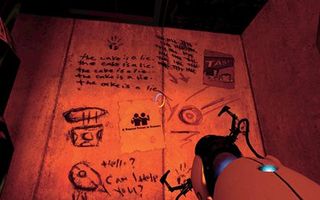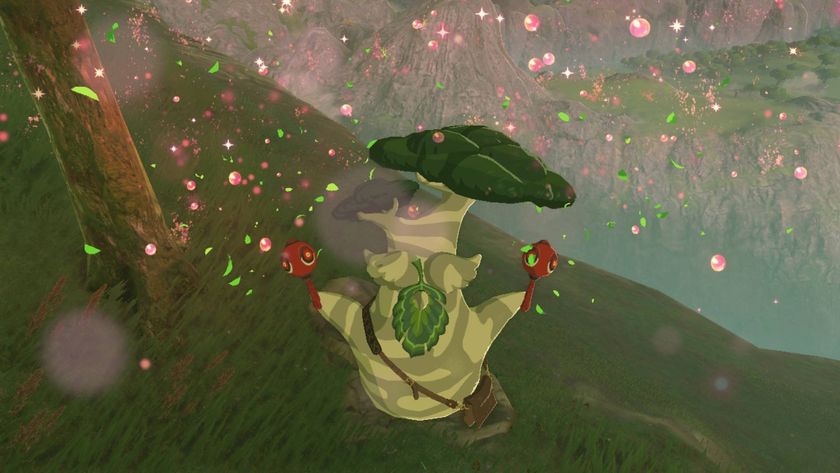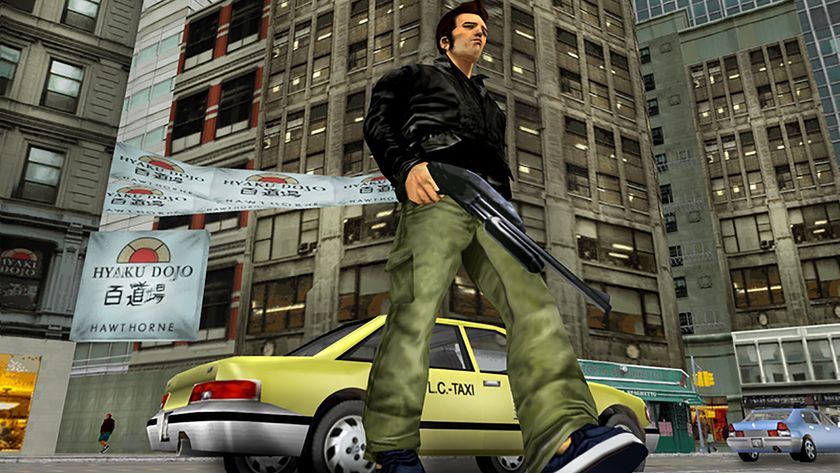Opening The Orange Box: Portal
Part 3: Behind the scenes of Valve's masterpiece
The games world has gone bat shit over Portal. By the time you read this, there will be around 23,456 more blogs about the Weighted Companion Cube and over 1.2 million references on forums about “cake,” beating the previous record set by “the knights who say ‘Ni’” by 67 percent.
Despite Valve’s sci-fi spatial puzzler clocking in at less than three hours, Portal has become a phenomenon, built on a fantastic game idea, a teasing Half-Life universe setting, memorable characters, and the funniest writing and best-performed dialogue this side of Psychonauts.

“I think the main reason people like the game is that it’s just got a great personality,” says designer Kim Swift. “When you hand people a lot of story, it makes people lazy, it’s all there for you, and you don’t have to discover anything: you’re basically creating apathy. Sometimes it’s best to be a little bit vague with your story, and people can have all sorts of fun filling in the gaps that you’ve left for them.”
Portal began life as Narbacular Drop, a portal-based game created by Kim and a group of friends at the DigiPen Institute of Technology in Redmond, Washington. Through that experience, the team learned a lot about what makes an interesting and enjoyable title.
Sign up to the 12DOVE Newsletter
Weekly digests, tales from the communities you love, and more













